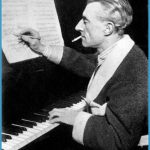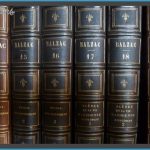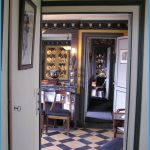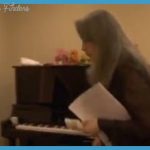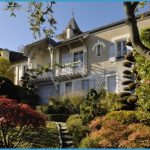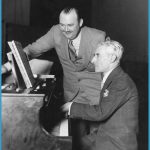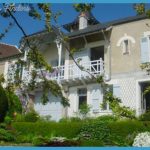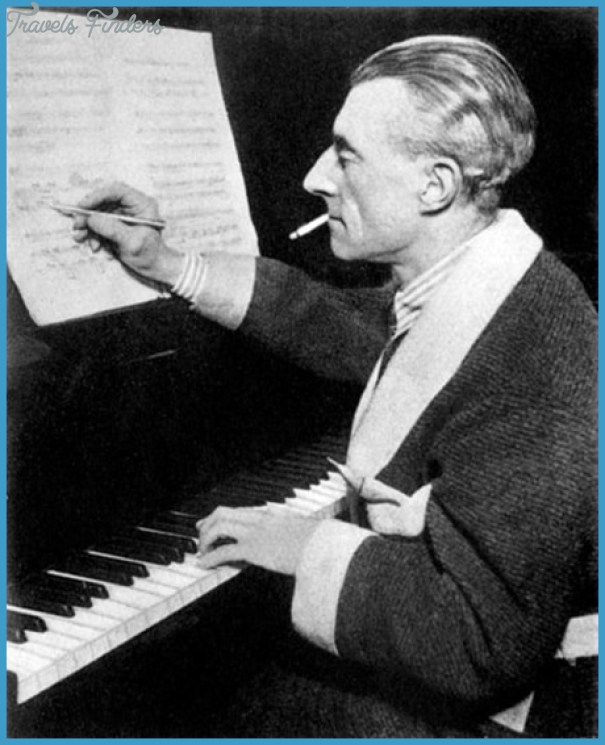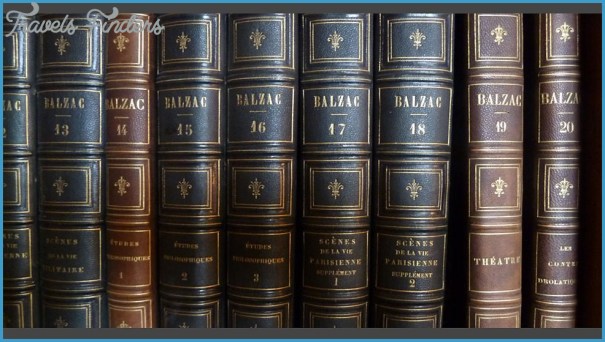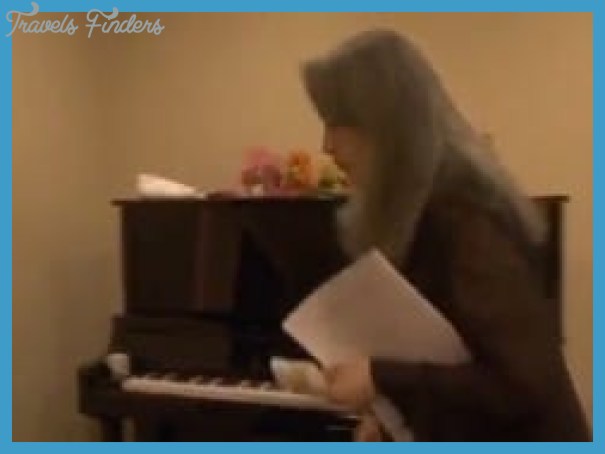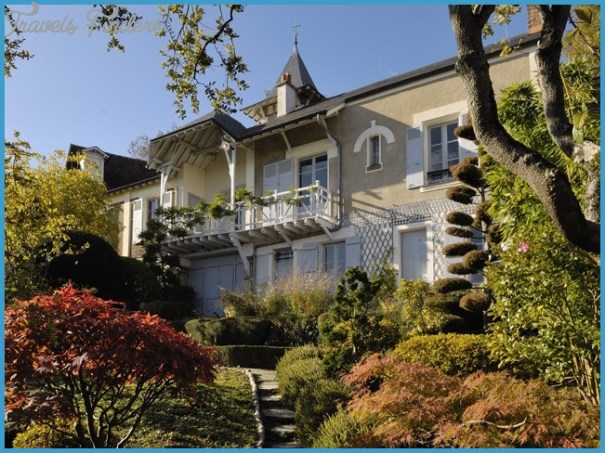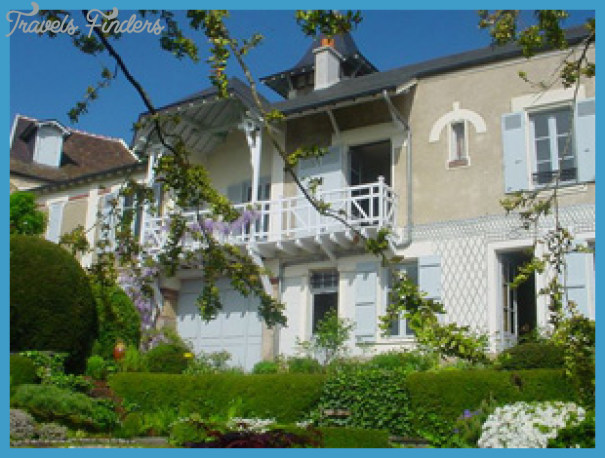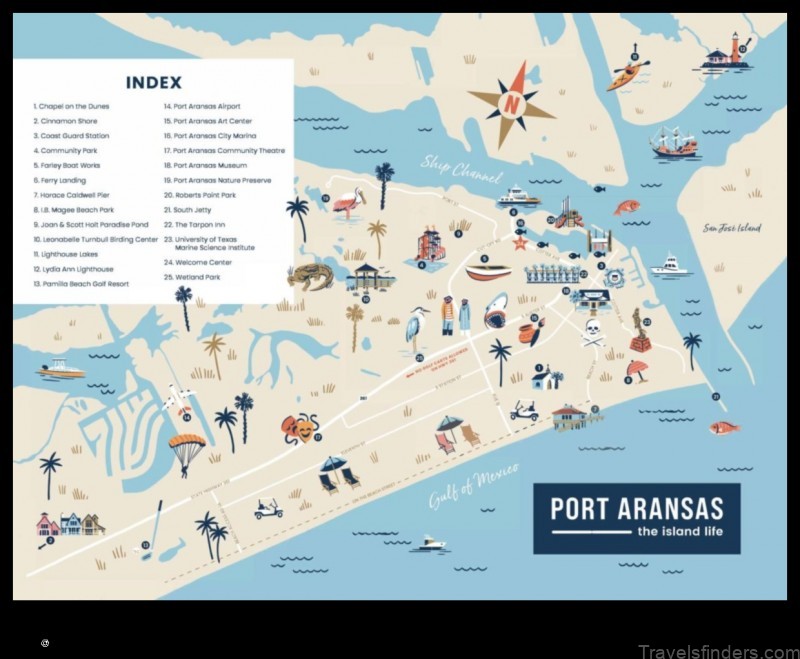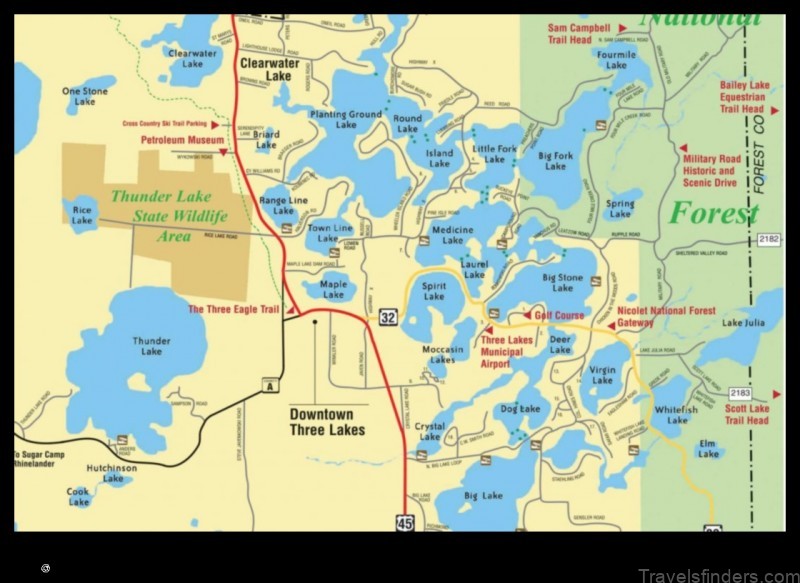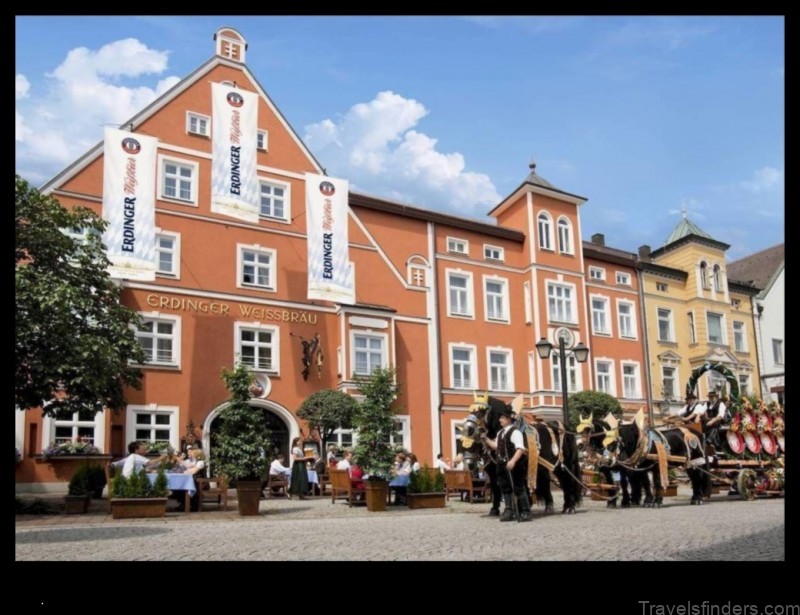RAVEL MUSEUM
For his last 15 years, Maurice Ravel (1875-1937) made his home in the delightful little town of Montfort-l’Amaury, on the edge of the forest of Rambouillet, 45 km west of Paris. In 1921 an inheritance enabled him to buy Le Belvedere at Montfort-l’Amaury a home of his own, Le Belvedere, at 5 avenue Saint-Laurent, an eccentric little two-storey house, built in 1907 and architecturally more like a suburban train station than a home, perched on a hill. His pupil and friend the conductor Manuel Rosenthal once described the house as a bit like a badly sliced portion of Camembert’.
Inside, it proved inhospitable at first – it was too small, there were no internal stairs to his bedroom and the bathroom below, and there was no electricity or of course central heating. But early on Ravel commissioned building works to modernize it; once electricity had been installed he acquired a vacuum cleaner and a machine a glace’ as well as a telephone, radio and gramophone. Although Parisian relatives and friends (including his brother Edouard, Rosenthal, Roland-Manuel, Robert Casadesus and Marguerite Long) often visited him, dining on the terrace overlooking the garden, and students came for lessons, Ravel chose to live alone, looked after by a housekeeper, with his cigarettes, a family of Siamese cats and a dog named Jazz for company. The house remains today very much as he left it when he died in 1937.
RAVEL MUSEUM Photo Gallery
Visitors will be tempted to make analogies between the decor, the man and his music. Once inside, one is struck by the miniature scale of the rooms and their furnishings (Ravel was a small man), and then with the highly individual choice of colour scheme (ochre, black, white and grey) and finally the exotic eclecticism (combining Art Deco furniture with Greek Revival, Louis XVI, japonaiserie and Turkish elements) of his possessions and the extreme care with which they are arranged, and apparently always were. We know he considered his study the soul of the house. His music room, only just large enough to accommodate his beloved Erard grand piano and a desk, is decorated in black and petrol blue. While every room (even his salle de bain, complete with his hair- and toothbrushes) makes a statement, Ravel himself remains in the background. The
Japanese-inspired garden, which once incorporated a potager and fruit trees, was, like the interior decoration, his own meticulous creation.
Ravel composed some of his most important works at Le Belvedere, including the violin sonata, the concert rhapsody Tzigane, the opera L’enfant et les sortileges, Bolero and the left-hand Piano Concerto.
Even among museums commemorating 20th-century composers, Ravel’s home is exceptional in its authenticity. Although it belongs to the city of Montfort-l’Amaury and is jointly administered with the Fondation Maurice Ravel, based in Paris, it hasn’t acquired the accoutrements of an institution and accordingly it retains the integrity of a private dwelling. Nothing is labelled or specifically interpreted. Because of its size and the fragility of its decorative fabric, it can never accommodate large numbers of tourists and visiting should always be considered a privilege.

